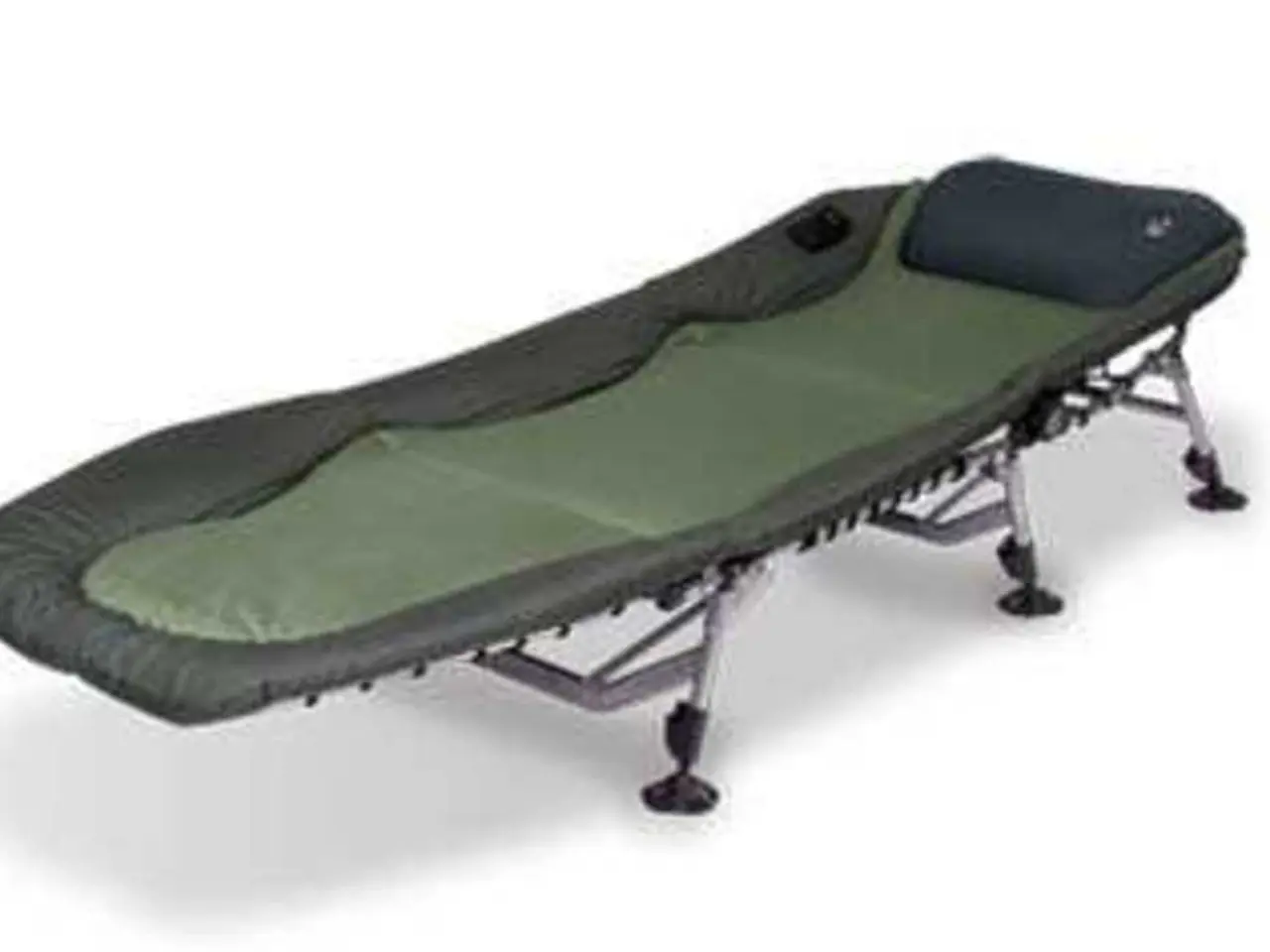Treatment options for hip bursitis: Medicines, physical therapy, and additional methods
Hip bursitis, characterised by pain and inflammation of a bursa located over the greater trochanter, can be a debilitating condition. However, various treatment options are available to manage the symptoms and aid recovery.
Pharmacological Treatments
Pharmacological treatments for hip bursitis primarily focus on reducing pain and inflammation. Nonsteroidal anti-inflammatory drugs (NSAIDs) such as ibuprofen or naproxen are commonly used to accomplish this [5]. Corticosteroid injections into the bursa provide rapid relief of inflammation and pain, though their use is limited due to potential side effects and frequency restrictions [1][3][5]. An emerging option is platelet-rich plasma (PRP) therapy, which uses the patient’s own blood components to stimulate healing and reduce chronic inflammation, guided by ultrasound [1][3].
Rehabilitation Exercises
Physical therapy plays a crucial role in the management of hip bursitis. Therapy focuses on stretching and strengthening the hip muscles—especially the hip abductors and gluteal muscles—to improve hip stability and reduce strain on the bursa [3][5]. Therapy also includes posture and gait correction, core strengthening, and flexibility exercises to alleviate tendon irritation and improve biomechanics [3]. Activity modification and rest from aggravating activities like prolonged standing or side-lying on the affected hip are important [3][5]. Adjunct therapies like ice packs to reduce inflammation and heat therapy to relax muscles may be applied [3][5]. In some cases, dry needling may be used as an evidence-based approach to reduce muscular pain and improve tissue function, often in combination with resistance and flexibility training [4].
Homeopathic or Complementary Approaches
While no specific homeopathic treatments for hip bursitis were found, some patients explore complementary therapies such as dry needling (a Western medical technique rather than classic homeopathy) to relieve musculoskeletal pain [4]. Lifestyle changes like weight management can also support treatment by reducing hip load [3].
Surgical Approaches
Surgery is considered a last resort when conservative treatments fail. Procedures include bursectomy (removal of the inflamed bursa) or tendon repair/release if there is significant tendon damage [1][3]. Surgery usually provides immediate pain relief, but physical therapy post-operation is essential to restore range of motion and mobility. Complications are rare but can include joint stiffness, infection, or anesthesia-related risks [1].
In summary, initial management emphasises rest, NSAIDs, physical therapy with targeted exercises, and ice/heat therapy, followed by corticosteroid or PRP injections if needed. Surgery is reserved for persistent, severe cases [1][3][5]. It is essential to consult a healthcare professional before trying alternative or homeopathic treatments and to follow a diligent physical therapy routine for recovery.
- Physical therapy, focusing on exercises striving to stretch and strengthen the hip muscles, particularly the hip abductors and gluteal muscles, plays a vital role in managing hip bursitis, aiming to improve hip stability and reduce strain on the bursa.
- Although no specific homeopathic treatments for hip bursitis were found, some patients explore complementary therapies like dry needling, a Western medical technique, to alleviate musculoskeletal pain, while lifestyle changes like weight management can also support treatment by reducing hip load.
- Medically, Medicare may cover the costs of various therapies and treatments associated with hip bursitis, such as physical therapy sessions, prescribed medications, corticosteroid injections, or in extreme cases, surgical procedures if conservative treatments prove ineffective.




